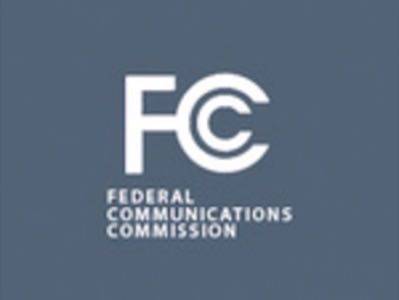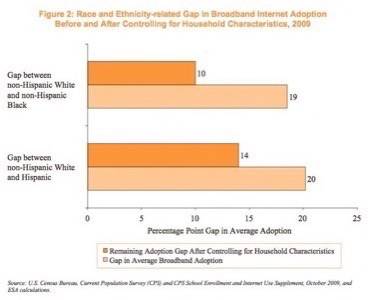Data from the latest U.S. Census reveals that even though the number of households with broadband has increased sevenfold since 2001, the “digital divide” continues, with low-income, rural and minority groups less likely to have broadband access at home.

And even when controlling for socio-economic factors, some of these gaps persist, with minorities and rural residents less likely to have high-speed Internet than their urban and white counterparts.
63.5% of U.S. households now have broadband subscriptions, according to the Commerce Department report, compiled from a Census survey of 54,000 households in October 2009.

But households with less than $25,000 had an adoption rate of 35.8% – although it’s notable that this is still a twelvefold increase from 2001. And in households where the head had less than a high school diploma, the broadband adoption rate was only 28.8%. At the other extreme, 94.1% of households with more than $100,000 income had broadband, as did 84.5% of those with college degrees.
77.3% of Asian-American households and 68% of non-Hispanic white households subscribed to broadband last year, compared to only 49.4% of African-American households and 47.9% of Hispanic households. And 65.9% of urban households had high-speed Internet, while only 51% of rural households did. Mississippi ranked last in terms of states’ adoption rate, with only 42% of customers subscribing.
Other demographics with low adoption included those with disabilities (37.5%).
The reasons given most frequently for not having broadband at home were “Don’t need it” (38%) and “Too expensive” (26%).
In response to the findings, FCC Chairman Julius Genachowski said in a statement today that “The digital divide is an opportunity divide – if you can’t get online, you can’t compete in the digital economy.” Genachowski says closing these gaps will be one of the top priorities in the FCC’s National Broadband Plan.










